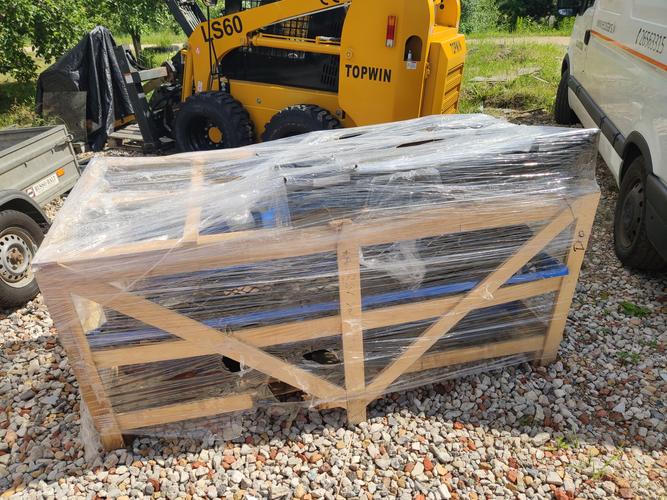Top 5 Essential Guide to Steel Roller Bearings for Industrial Machinery | Benefits, Selection
Steel roller bearings are critical components in industrial machinery, designed to reduce friction between moving parts while supporting radial and axial loads. These precision-engineered elements enhance operational efficiency across manufacturing, automotive, and heavy equipment sectors through superior load-bearing capacity and durability in extreme conditions.
1. types of steel roller bearings2. industrial machinery bearing maintenance
3. how to choose steel roller bearings
4. steel roller bearing failure analysis
5. benefits of steel roller bearings in machinery
1. Types of Steel Roller Bearings

Cylindrical roller bearings feature high radial-load capacity with single/double-row configurations. Tapered roller bearings handle combined loads through conical geometry, ideal for gearboxes. Spherical roller bearings compensate for shaft misalignment using barrel-shaped rollers. Needle roller bearings provide compact solutions for space-constrained applications. Thrust roller bearings manage axial loads in vertical machinery. Each type employs specialized heat treatment and surface finishing to optimize hardness (60-64 HRC) and fatigue resistance under dynamic stresses.
2. Industrial Machinery Bearing Maintenance
Implement preventive maintenance schedules using vibration analysis and thermal imaging. Lubricate with ISO VG 68-220 grade oils maintaining 25-40°C operating temperature. Monitor clearance levels (0.0005-0.0015 inches) to prevent premature wear. Conduct quarterly inspections for micropitting (≥10% surface area indicates replacement). Use ultrasonic testing to detect lubrication failures before catastrophic breakdowns. Store bearings in climate-controlled environments (40-60% RH) using VCI packaging to prevent corrosion.
3. How to Choose Steel Roller Bearings
Calculate dynamic load ratings using ISO 281 standards: C = P(L10h/500)^{1/3}. Consider rotational speeds (DN value ≤300,000 mm/min for standard bearings). Evaluate lubrication methods - oil bath vs grease-packed (NLGI 2-3). Match material grades: SAE 52100 chrome steel for general use, M50 tool steel for high-temperature applications (≤300°C). Verify dimensional tolerances per ABEC 3-7 standards. Cross-reference OEM specifications for shaft/housing fits (H7/k6 recommended).
4. Steel Roller Bearing Failure Analysis
Common failure modes include flaking (20-30% contact stress overload), smearing (inadequate EHD lubrication film), and false brinelling (vibration-induced fretting). Conduct metallurgical analysis using SEM/EDS to identify carbide network abnormalities. Measure retained austenite content (≤8% optimal). Review lubrication contamination through particle counting (ISO 4406:14/12/10 maximum). Implement root cause analysis (RCA) for recurring failures using 5-why methodology. Replace components showing ≥0.3% mass loss through abrasive wear.
5. Benefits of Steel Roller Bearings in Machinery
Steel roller bearings deliver 98.5% mechanical efficiency versus plain bushings. Reduce energy consumption by 15-20% through optimized friction coefficients (μ=0.0015-0.003). Enable 30% higher load capacity than ball bearings in comparable dimensions. Provide 50,000 hour service life under proper lubrication (L10 rating). Support shaft speeds up to 15,000 RPM in precision grinding applications. Withstand impact loads up to 300% static rating through case-hardened surfaces.
Understanding steel roller bearings' technical specifications and maintenance requirements directly impacts industrial machinery performance. This guide covers critical aspects from bearing selection mathematics to advanced failure diagnostics. Readers seeking to optimize equipment reliability should review the detailed sections on lubrication protocols and load calculation methods. The subsequent analysis of material science and surface engineering principles provides actionable insights for maintenance engineers.
Steel roller bearings remain indispensable in modern industrial systems through their unmatched load-handling capabilities and precision engineering. This comprehensive guide equips technical teams with essential knowledge for specification, operation, and failure prevention. Implement these best practices to achieve maximum bearing service life and machinery uptime.




 13869596835
13869596835